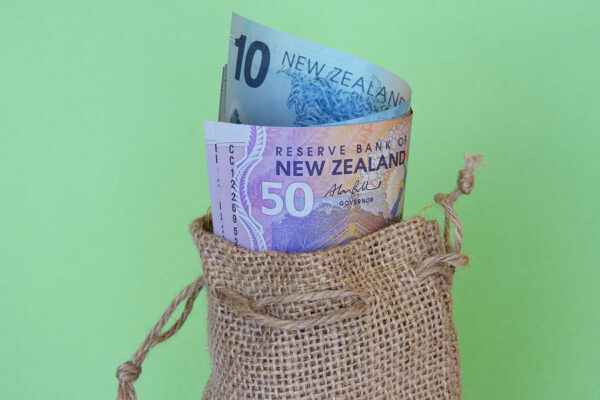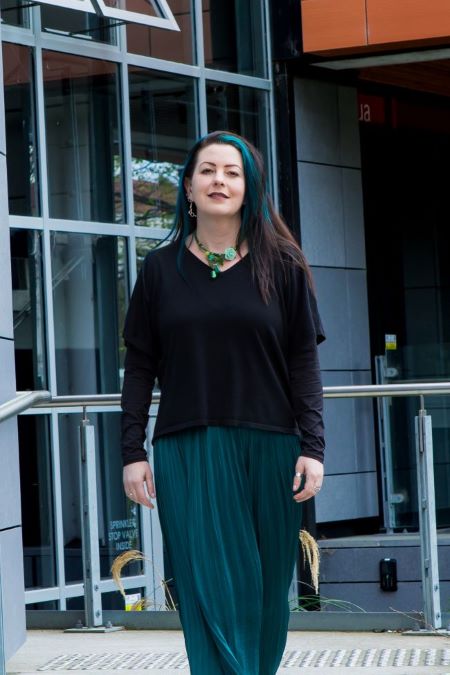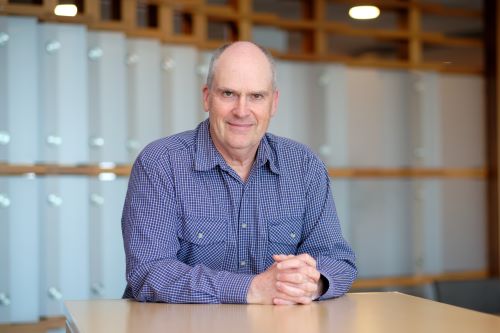Growth. Producing more, consuming more and earning more. It has been our holy grail for couple of centuries. Politicians, economists, businesses and analysts use economic growth measures to prove how well or how badly our country – our society – is performing.
But as the world starts to come to terms with concepts like peak oil and climate change, there’s new word gaining currency: sustainability.
At first-glance the two seem incompatible; growth means expansion, using more, creating more. Sustainable suggests limit, that there is ceiling on what you can take from the world.
The Footprint Network currently measures our ecological footprint – the amount of land and water area the human population needs to support itself and to absorb its wastes, using prevailing technology – as 23 percent larger than the total land and water area of the Earth. Clearly not sustainable.
In his book Peak Everything, American essayist Richard Heinberg says that with the world nearing peaks for oil, gas, coal, water, uranium, grain production and fish catches, we are heading for sustained economic contraction.
“Consumptive appetites that have been stoked for decades by ubiquitous advertising messages promising ‘more, faster and bigger’ will now have to be reined in,” he says.
He warns that people will not willingly accept the message of ‘less, slower and smaller’, unless they have new goals toward which to aspire.
Heinberg, fellow of the Post Carbon Institute and lecturer at the New College of California’s Campus for Sustainable Living, says that we are in for rough ride if we don’t wake up to the reality of depleting resources and adjust our lives accordingly.
“For the past 200 years, cheap, abundant energy from fossil fuels has driven technological invention, increases in total and per-capita resource extraction and consumption (including food production), and population growth. We are enmeshed in classic self-reinforcing feedback loop.”
The vice-president of the Intergovernmental Panel on Climate Change, Sri Lankan Mohan Munasinghe, is warning that climate change will lead to fortress world in which the rich lock themselves away in gated communities while the poor fend for themselves in shattered environments if climate change isn’t brought under control.
In lecture at Cambridge University in May, he said that “barbarisation” was the likely outcome of climate-changed world.
“Climate change is, or could be, the additional factor which will exacerbate the existing problems of poverty, environmental degradation, social polarisation and terrorism and it could lead to very chaotic situation,” he said.
“Fortress world is situation where the rich live in enclaves, protected, and the poor live outside in unsustainable conditions.”
It’s an argument that has some currency at home. Green Party MP Nandor Tanczos has been touring the country giving series of lectures called “At The Tipping Point”, and says that he doesn’t believe that constant economic growth is possible.
“It appears that resource depletion goes hand-in-hand with economic growth, so you have to slow the through put of resources through the economy,” he said.
“We will find growth unsustainable unless we can uncouple resource depletion from economic growth.
“You can’t have infinite growth on finite planet. We have to ask ourselves what steady-state economy would look like, and work on that.”
Tanczos says that we have to move to new model – of internalising environmental externalities into the economy, with measures such as resource rentals for water – and that industry has to reverse the one-way through put of resources.
“It’s the old reduce, reuse, recycle, recover,” he said.
Like Heinberg, Tanczos advocates using GPI (Genuine Progress Indicator), which takes into account factors like environmental damage, wars, crime, imprisonment rates and trends in education, over GDP (Gross Domestic Product), which measures the market value of all the final goods and services produced within the country.
Under GPI, Tanczos says, economic growth becomes just one factor in measuring how well country is doing.
“Economic growth itself is not pure measure of well-being. It was used as proxy measure in the 1960s and ’70s during period of economic growth, and well-being has become decoupled from it.
“Using GPI as measure, economic well-being is part, but other factors, like income levels and levels of poverty, as well as social, cultural and environmental well-being are measured.”
But not everyone agrees that moving to an economy based on sustainable resource use and protection of the environment, spells the end of economic growth.
Peter Neilson, chief executive of the New Zealand Business Council for Sustainable Development and former Associate Minister of Finance, says that growth shouldn’t always be viewed as producing more widgets.
“The general view is that there is such huge potential for improving efficiency that you can have both growth and sustainability,” he said.
“You can improve output with less impact on the environment. So if you change the way that you make widgets, you can produce more or the same with fewer negative impacts (on the environment) and at less total cost. That’s still growth.”
Neilson says that he understands why many people think that you can’t have growth and sustainability.
“When you survey the public, 70 percent think you should be able to have both and can’t see why not. But what typically happens, is when people think about sustainability in detail, they think that you have to give up production levels or pay for something (like an emissions charge) that will make production more expensive. But that’s not the whole story.”
He uses farmers as an example.
“New Zealand farmers have been told for generations that the country would like them to increase production, so they do that by adding more fertilisers to their land,” he said. “But run-off means that more nitrogen is going into the streams, causing environmental problems.
“There are two ways of dealing with this. One is saying ‘thou shalt not intensify land production’. The other is to introduce an alternate management regime with less nitrogen.”
Neilson says that too many people get bogged down in trying to shift responsibility – and therefore the impetus for change – on to someone else.
“One business model is ‘let’s argue with the council for 20 years to try and stop them doing it. It’s not really me who’s causing the problem, it won’t really work this way, I’ve proven that my actions are harmless’, or that ‘the world is short of food so you have moral obligation to let me keep increasing production’.
“You can run that game and eventually you will get push-back and regulation. The alternative is to see which way the wind is blowing, increase production and reduce impact on the environment.”
Neilson says that while over history it has been the resisters who have been the beneficiaries of government policy as politicians chose the path of least resistance, he expects that this time around it will be the early adopters who will profit in the long run.
He warns that New Zealand is already well behind in world terms.
“In 1988 or ’89, as Associate Minister of Finance, I hosted delegation from Sweden. They asked me whether we had plans for tax on carbon, and I looked at them blankly. And 20 years on in New Zealand we’re still saying we’re being rushed.”
PricewaterhouseCoopers partner Julia Hoare, who leads the company’s climate-change unit, agrees, saying that New Zealand businesses are behind the eight-ball compared to those in Europe.
She is warning clients that they risk losing market share if they don’t get to grips quickly with life in the new world.
“We are at the tipping point, and companies risk losing market share. They will lose it on procurement – not on price but on the practices of the organisation. They’ve got to start taking into account the value of their best practice on environmental and socia

Leave is leave
Thanks to the 24/7 connectivity of modern work life, it can feel like taking leave and being on leave are two different things. But, writes Kate Kearins, they shouldn’t be.










